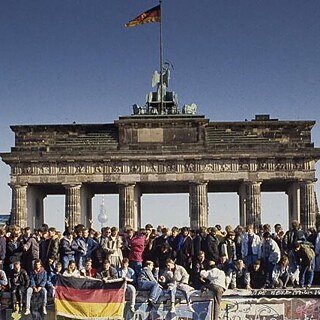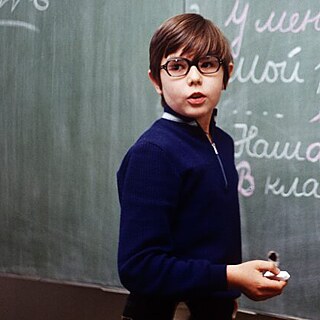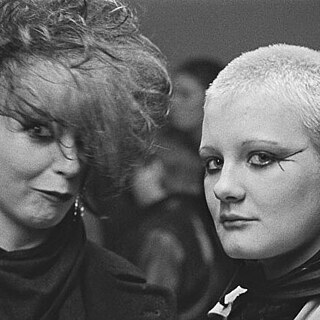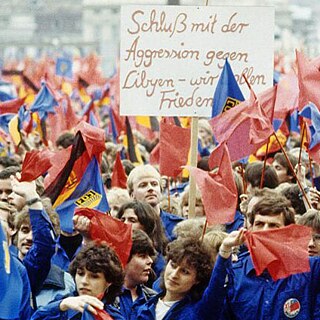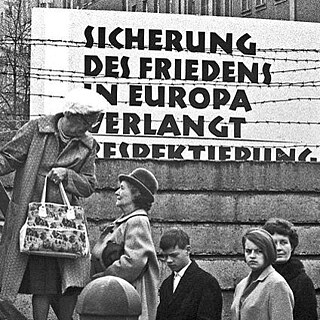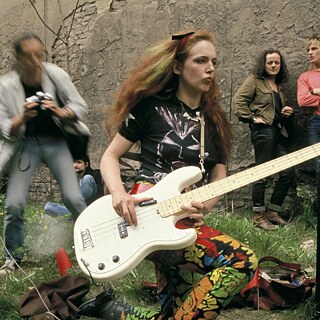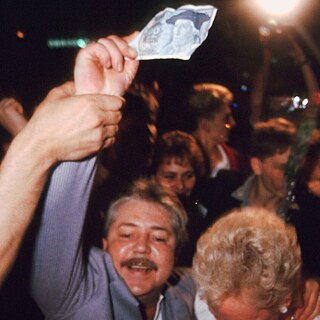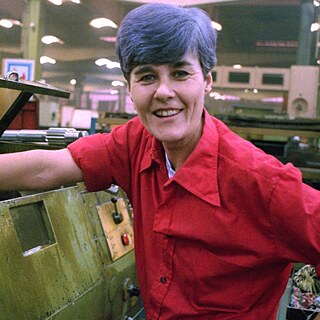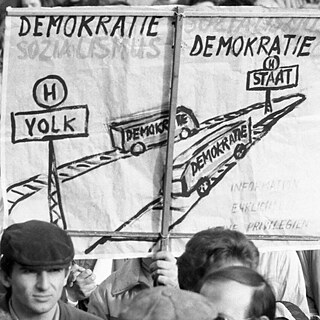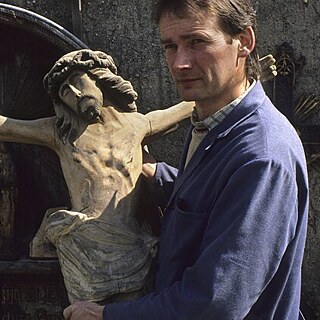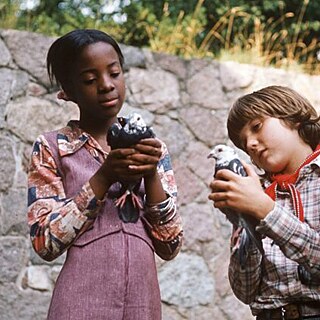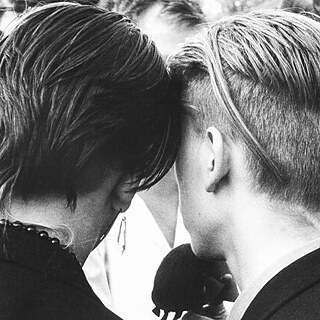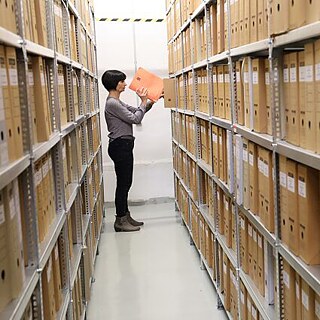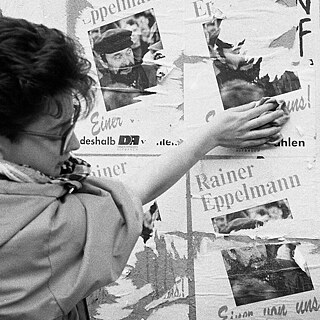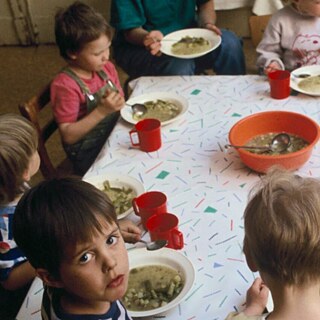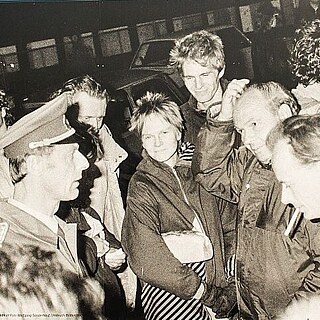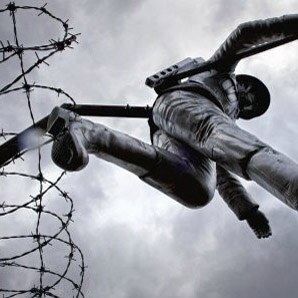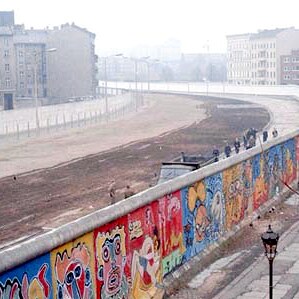
Show description in:
Chapter 23Commonalities and differences FRG vs GDR: Ideology vs. Reality
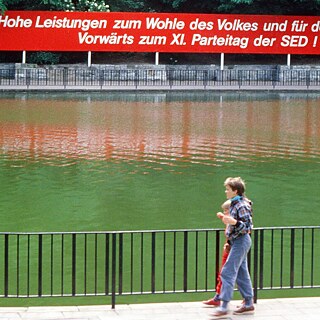
The FRG and the GDR were based on very different ideologies.
Characteristics
Language level
Target group
Skill

Part of the series Divided Germany, the wall and reunification
26 materials
Description
The FRG and the GDR were based on very different ideologies. While the FRG was oriented towards the western ideal of a constitutional and welfare state, the GDR had a socialist system based on the model of the Soviet Union. But how did the implementation of these ideologies translate in everyday life in the two states? Where did ideology come close to being realized and where did reality differ greatly from ideology?
Videos
1. WHAT DID WOMEN MEAN TO SOCIALISM?
Women emancipation in the GDR was mainly sought in the public sphere, with emplyoment and education being the driving vehicles. Gender equality debates did not address the private sphere enough.
2. ENVIRONMENTAL MOVEMENTS IN THE GDR
Did East Germany have environmental movements? How did they fit with Socialist ideology?
3. TWO DEMOCRACIES?
Both, West and East Germany called themselves “democratic,” but how democratic were they in reality?
4. WHAT DO HISTORIANS TODAY THINK ABOUT....
...how West- and East Germany approached democracy and how they both organized the relationship between the state, the law and the people during the Cold War?
5. FREEDOM, RESTRICTION AND CODED LANGUAGE
According to GDR propaganda, East Germany was a state for young people. The balance between allowing them some freedoms, while restricting others, proved tricky. Though basic needs like food, shelter and clothing were met, the GDR youth had to negotiate the space for all other extras that make life fun, like music and fashion and often applied coded language and subversive messages to address these.
6. PUBLIC SPACES
Public spaces and events in the GDR were saturated with propaganda and images of power, but a peek into private spaces suggests little ideological intervention into ordinary life.
7. GLOBAL STUDENT VOICES
7a. GABRIEL, BRAZIL: THE IDEAL SOCIETY
Gabriel Fermino, a student at a PASCH school, a global network of schools with stellar German programs, discusses what an ideal society means in the Brazilian context. In German. English subtitles available.
7b. CECILIA, MEXICO: THE PERFECT SOCIETY
Cecilia Rebollar Ramos studies at a PASCH- school in Mexico. In this video, she discusses the meaning of the Berlin wall for the Mexican society. What does it mean to build a perfect society? In German with English subtitles.
Additional resources
Weitere interessante Links
DDR Museum
Zeitklicks
Haus der Geschichte
PARTNERS
Bundesstiftung Aufarbeitung der SED-Diktatur (Federal Foundation for the Reappraisal of the SED Dictatorship), German Consulate General New York, German American Partnership Program (GAPP), American Association of Teachers of German (AATG), Transatlantic Outreach Program (TOP) and Spark for German.
Videos
1. WHAT DID WOMEN MEAN TO SOCIALISM?
Women emancipation in the GDR was mainly sought in the public sphere, with emplyoment and education being the driving vehicles. Gender equality debates did not address the private sphere enough.
2. ENVIRONMENTAL MOVEMENTS IN THE GDR
Did East Germany have environmental movements? How did they fit with Socialist ideology?
3. TWO DEMOCRACIES?
Both, West and East Germany called themselves “democratic,” but how democratic were they in reality?
4. WHAT DO HISTORIANS TODAY THINK ABOUT....
...how West- and East Germany approached democracy and how they both organized the relationship between the state, the law and the people during the Cold War?
5. FREEDOM, RESTRICTION AND CODED LANGUAGE
According to GDR propaganda, East Germany was a state for young people. The balance between allowing them some freedoms, while restricting others, proved tricky. Though basic needs like food, shelter and clothing were met, the GDR youth had to negotiate the space for all other extras that make life fun, like music and fashion and often applied coded language and subversive messages to address these.
6. PUBLIC SPACES
Public spaces and events in the GDR were saturated with propaganda and images of power, but a peek into private spaces suggests little ideological intervention into ordinary life.
7. GLOBAL STUDENT VOICES
7a. GABRIEL, BRAZIL: THE IDEAL SOCIETY
Gabriel Fermino, a student at a PASCH school, a global network of schools with stellar German programs, discusses what an ideal society means in the Brazilian context. In German. English subtitles available.
7b. CECILIA, MEXICO: THE PERFECT SOCIETY
Cecilia Rebollar Ramos studies at a PASCH- school in Mexico. In this video, she discusses the meaning of the Berlin wall for the Mexican society. What does it mean to build a perfect society? In German with English subtitles.
Additional resources
Weitere interessante Links
DDR Museum
Zeitklicks
Haus der Geschichte
PARTNERS
Bundesstiftung Aufarbeitung der SED-Diktatur (Federal Foundation for the Reappraisal of the SED Dictatorship), German Consulate General New York, German American Partnership Program (GAPP), American Association of Teachers of German (AATG), Transatlantic Outreach Program (TOP) and Spark for German.
Downloads
Fragen und Antworten (deutsch; englisch)
Teil von:
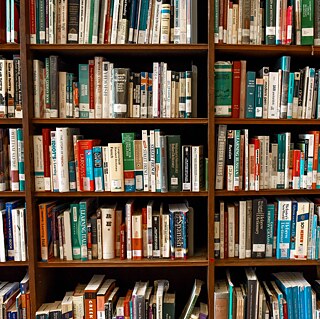
© Pixabay
A2 B1
